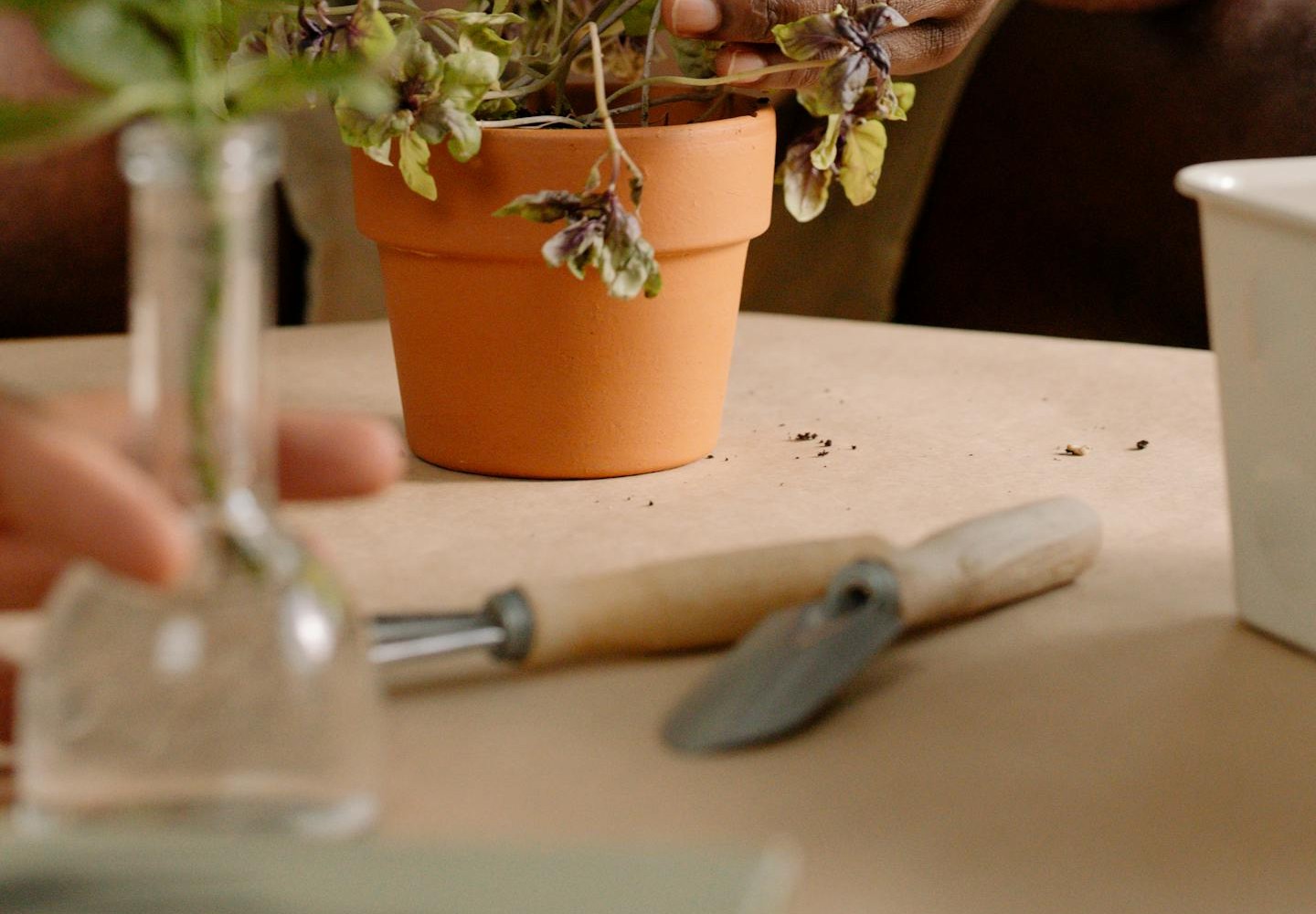Saving seeds is a great way to preserve your favorite plants, save money, and ensure you always have a supply for your garden. However, proper storage is crucial to keep seeds viable for longer periods. Here’s a comprehensive guide on how to store seeds at home to maximize their lifespan and germination potential.
1. Choose High-Quality Seeds
Start by selecting seeds that are:
- Fresh: Recently harvested seeds are more likely to remain viable over time.
- Healthy: Ensure seeds are free from mold, pests, or damage.
- Dry: Seeds should be thoroughly dried before storage to prevent mold and decay.
Tip: If you’re collecting seeds from your garden, allow them to mature and dry completely on the plant or in a well-ventilated area before storing.
2. Dry Seeds Thoroughly
Proper drying is essential to prevent moisture-related problems like mold or premature sprouting.
- Spread seeds on a paper towel, mesh screen, or shallow dish.
- Place them in a cool, dry, and well-ventilated area for several days.
- Test for dryness: Seeds should be brittle and snap or crush easily when pressed.
Tip: Avoid direct sunlight, as it can damage seeds.
3. Use Airtight Containers
Protect seeds from moisture and air exposure by storing them in airtight containers. Good options include:
- Glass jars with tight lids
- Plastic containers with seals
- Vacuum-sealed bags
For extra protection, you can divide seeds into smaller packets or envelopes before placing them in the container.
Tip: Label each packet with the seed type and date of storage.
4. Keep Seeds Cool
Temperature fluctuations reduce seed longevity. Aim to store seeds in a consistently cool environment, such as:
- A refrigerator: Ideal for long-term storage at temperatures around 4°C (39°F).
- A freezer: Works for seeds with very low moisture content, though this method isn’t suitable for all seeds.
Tip: Avoid frequent opening of storage containers to prevent exposure to warm air and humidity.
5. Control Humidity
Moisture is one of the biggest threats to seed longevity. Keep humidity levels low by:
- Adding a silica gel packet or a small amount of dried rice to your storage container to absorb moisture.
- Ensuring seeds are fully dry before storage.
Tip: Ideal relative humidity for seed storage is around 20–30%.
6. Store in a Dark Place
Light can degrade seeds over time, reducing their viability. Choose opaque containers or store clear jars in a dark cupboard, drawer, or basement.
Tip: If using transparent containers, wrap them in cloth or paper for extra light protection.
7. Monitor Seed Viability
Over time, even properly stored seeds can lose viability. Test seeds before planting:
- Place a few seeds on a damp paper towel.
- Fold the towel and seal it in a plastic bag or container.
- Keep it in a warm spot (like on top of a refrigerator).
- Check after a week or two for germination.
Tip: If fewer than half the seeds sprout, consider replacing them.
8. Know Seed Lifespans
Different seeds have different storage lifespans. Here’s a general guide:
| Seed Type | Typical Lifespan |
|---|---|
| Tomatoes, peppers | 4–6 years |
| Beans, peas | 3–5 years |
| Lettuce, spinach | 3–5 years |
| Carrots, onions | 1–2 years |
| Cucumbers, squash | 4–6 years |
Tip: Plan your planting schedule to use older seeds first.
Common Mistakes to Avoid
- Storing Wet Seeds: Even slight moisture can lead to mold or rotting.
- Leaving Seeds in Paper Envelopes in Humid Areas: Paper doesn’t protect against moisture well.
- Exposure to Heat: Seeds stored in warm places, like kitchens or attics, lose viability quickly.
Bonus: Storing Small Seeds
If you’re storing very small seeds, place them in labeled paper packets before putting them in an airtight container. This keeps them organized and prevents them from getting lost.
Conclusion
With proper storage techniques, you can keep your seeds viable for years, ensuring a steady supply for your garden. By focusing on dryness, cool temperatures, and airtight conditions, you’ll be well-equipped to save and use seeds effectively. Happy seed saving! 🌱

